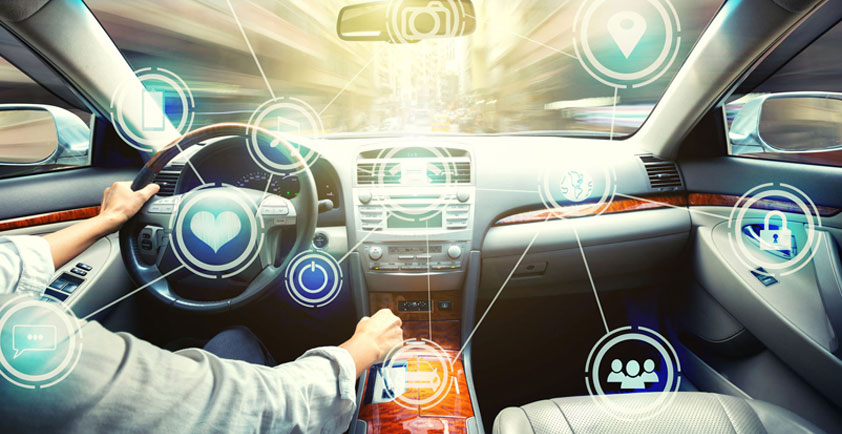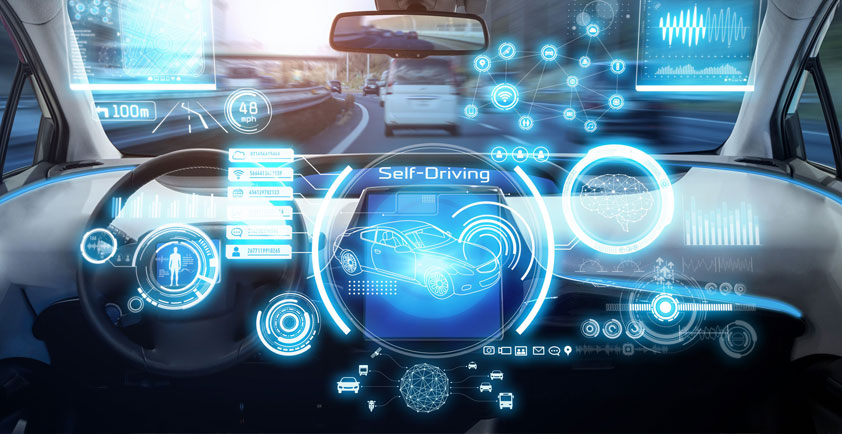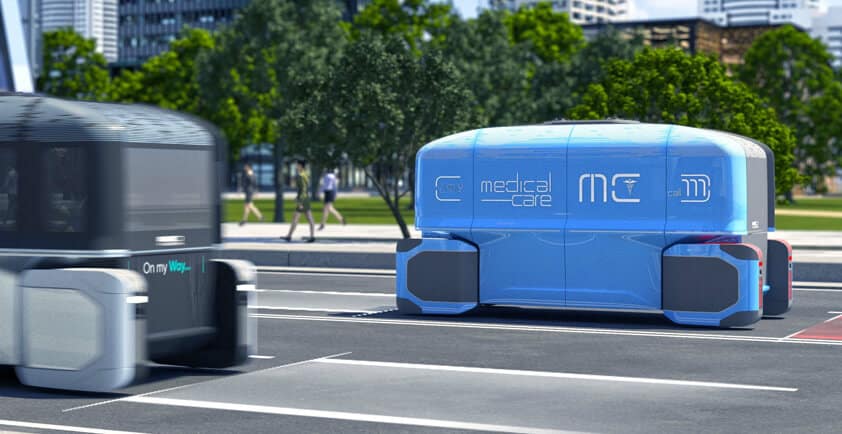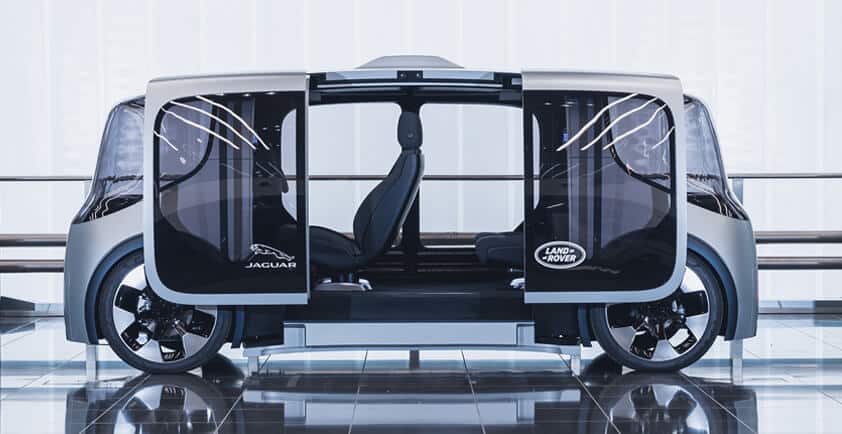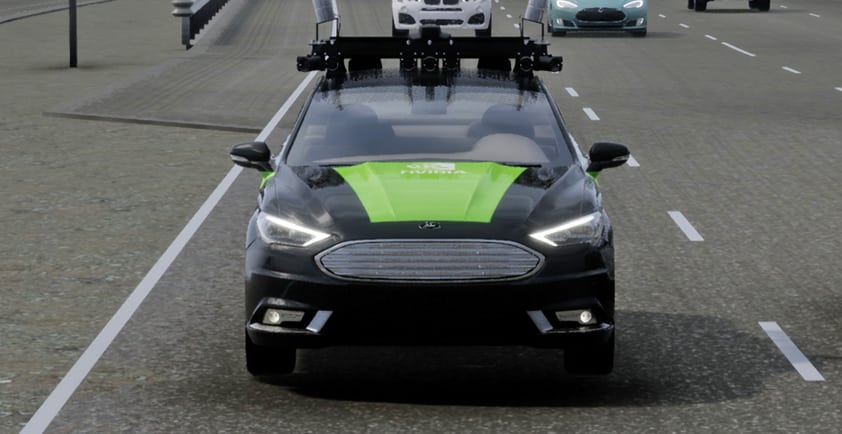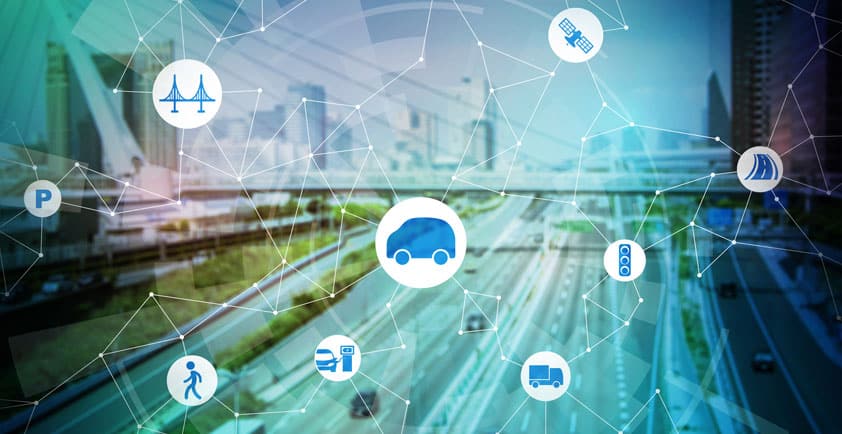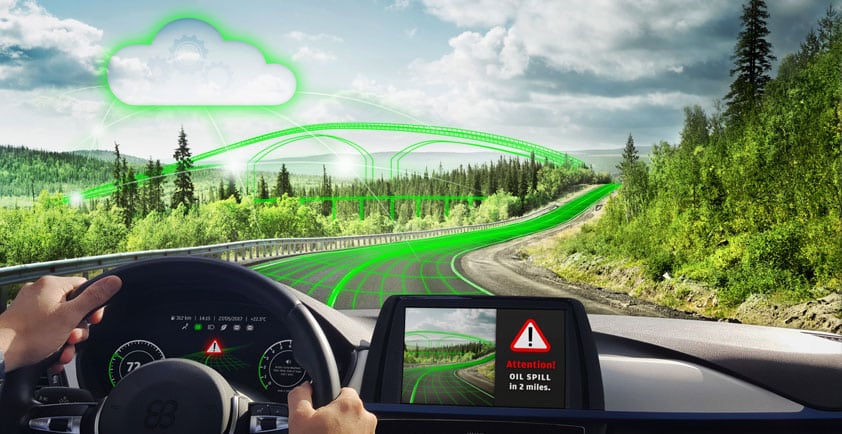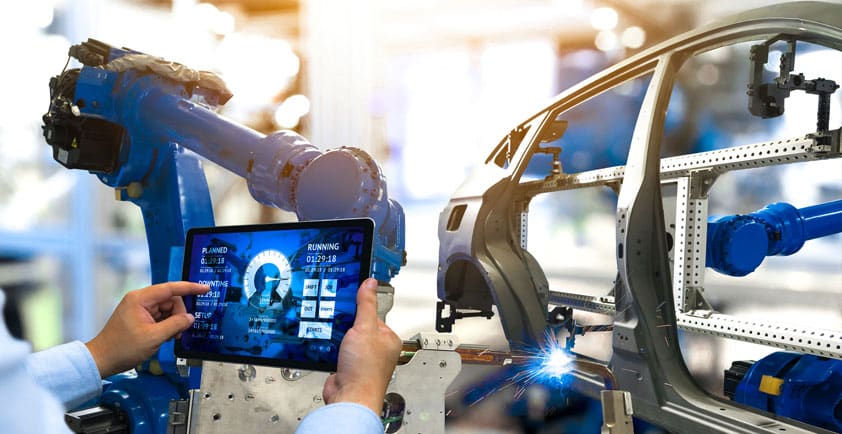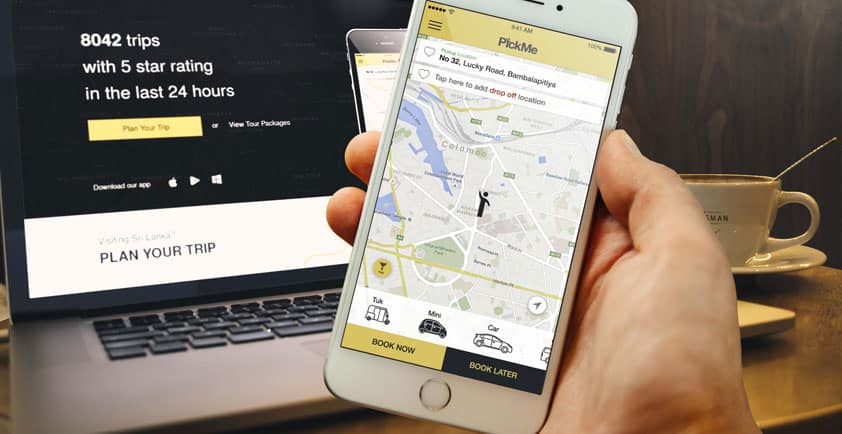
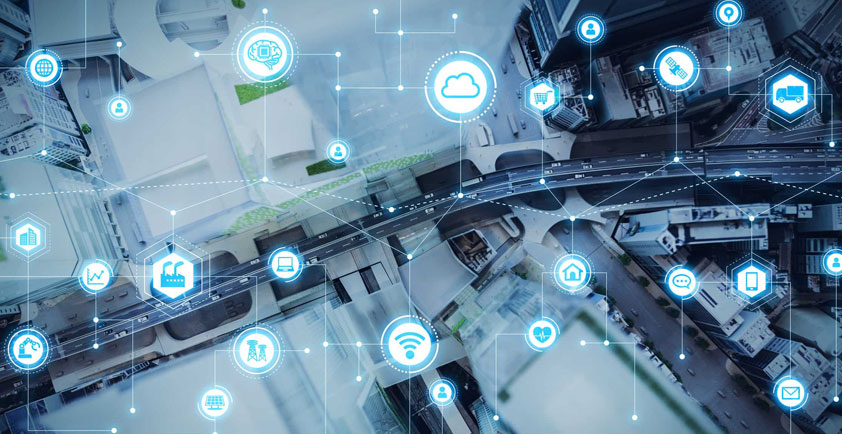
DRIVING THROUGH THE DATA DOWNPOUR WITH SMART TRANSPORTATION
Digital ecosystems and interconnection are key
Smart city transportation is an ever-evolving category with many names. City transportation assets are basically cars, scooters, roads and public transit (trains, buses, etc.). But injecting "smart" into the equation opens the door to a whole host of other possibilities like autonomous vehicles, V2X (vehicle talking to everything), smart parking, multi-modal transit, traffic management, e-hailing and more. And, as more city assets are able to communicate with each other, advanced scenarios are also foreseeable – for example, vehicles or traffic lights alerting city emergency and information services that an accident has occurred or that the air quality in a particular location is at unsafe levels. Getting to this level of smart will require an IT architecture where data can be securely processed at the digital edge with governance models that address data privacy concerns.
Smart transit needs collaboration to work
Allied Market Research projects the global smart transportation market will reach $238 billion by 2022. Supportive legislation, such as the EU Directive on Intelligent Transport Systems (ITS), is expected to help Europe retain the largest share of the market, while Asia-Pacific will grow the fastest, reflecting strong smart city growth in that region. In the U.S., legislative support is coming largely from the state level, enabling local testing to move forward. Industry consortiums such as 5GAA, which Equinix is a member of, are also playing a major role in advancing smart transportation solutions because they bring together the different players needed to make them work. Most solutions, like the connected vehicle category below, will depend on collaborative digital ecosystems of participants that can share data and insights with one another.
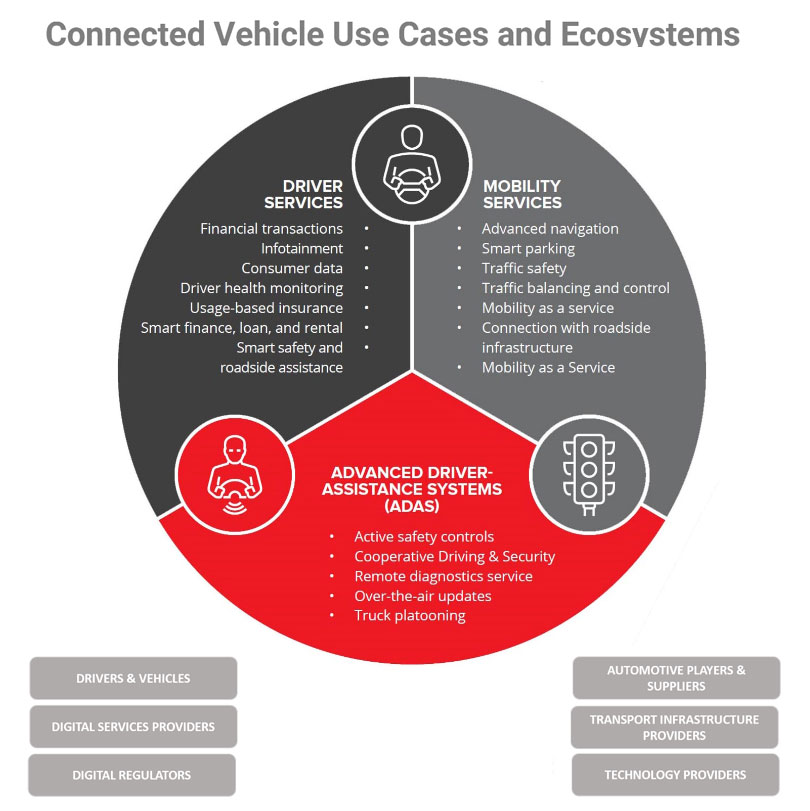

Data and more data is a common theme
While there are many different use cases for smart transportation, they all share a few common elements to be "smart":
> Data collection: An internet of things (IoT) sensor-enabled asset (e.g., car, train, traffic light) collecting data in real-time.
> Data processing: The ability to determine what data can be processed on-board and what data needs to be transferred to a data processing platform.
> Data analysis: Asset-based real-time situational intelligence (e.g., about other cars or trains, pedestrians, road conditions, traffic patterns, the weather)
> Data exchange: The ability to communicate and exchange data with other assets and data processing platforms.
Here are few examples of how these elements are coming together in real world situations and trials:
> The City of Columbus, Ohio in the United States is installing a Connected Vehicle Environment (CVE) that will integrate connected vehicles into the city’s transportation environment through in-vehicle, roadside technology and CV apps that will enable enhanced safety and mobility features. The CVE, to be deployed at over 100 intersections throughout the city, will support vehicle-to-infrastructure (V2I) and generate the transportation-related data that is needed by the CV apps.
> Transport for West Midlands (TfWM) in the United Kingdom is implementing a cloud-based data marketplace for government agencies and transport service providers to share and access data about the real-time operations of transport and mobility services in cities and towns. The aim is to provide a more holistic understanding of transport operations across the region, and to provide external organizations access to the data under open data licensing terms.
> Australia recently gave the green light for its first on-road connected vehicle trial. Vehicles will be able to connect to one another and traffic management centers in the cloud, as well as access real-time data through 4G cellular V2X technology. The trial will test driver warning systems of incoming hazards like pedestrians and upcoming intersections with safety features such as "Red-light Violator Warnings" and "Pedestrian Alert Turn Assist."
Navigating all that data with interconnection
One of the biggest challenges for smart transportation solutions is figuring out how to handle all the data. There are connected vehicles under development now that can generate up to 100 terabytes of data per day. With that volume of data, having compute power at the edge is essential. Moreover, algorithms for autonomous intelligence need to be locally trained and aligned with conditions and regulations in those geographies. A distributed IT architecture, leveraging Interconnection Oriented Architecture™ (IOA™) best practices can address these challenges by collecting and analyzing IoT data in real-time at the edge while aggregating data needed to improve the core models based in the cloud.
As a case in point, V-Traffic, is a leading provider of real-time traffic and mobility information services, for in-vehicle navigators, broadcasters and digital signage. Providing current information on accidents, traffic jams, weather and road hazards means that uptime and speed are critical. A break of only five minutes could render the information useless. V-Traffic leveraged an IOA strategy to re-architect its infrastructure for the digital edge on Platform Equinix® to bring its app closer to users. This helped the company reduce latency and optimize performance while achieving the reliability they needed.
Solving all the legislative and infrastructure challenges to get to truly smart multimodal mobility won’t happen overnight but progress is accelerating. As data monetization opportunities become clearer, more participants are joining the foundational digital ecosystems to collaborate, share data and design the smart transportation systems of tomorrow.
Download the white paper on Key Trends in Connected Vehicle and Smart Mobility Infrastructure to learn more.
Authors: Guido Coenders & Rodney Elder


